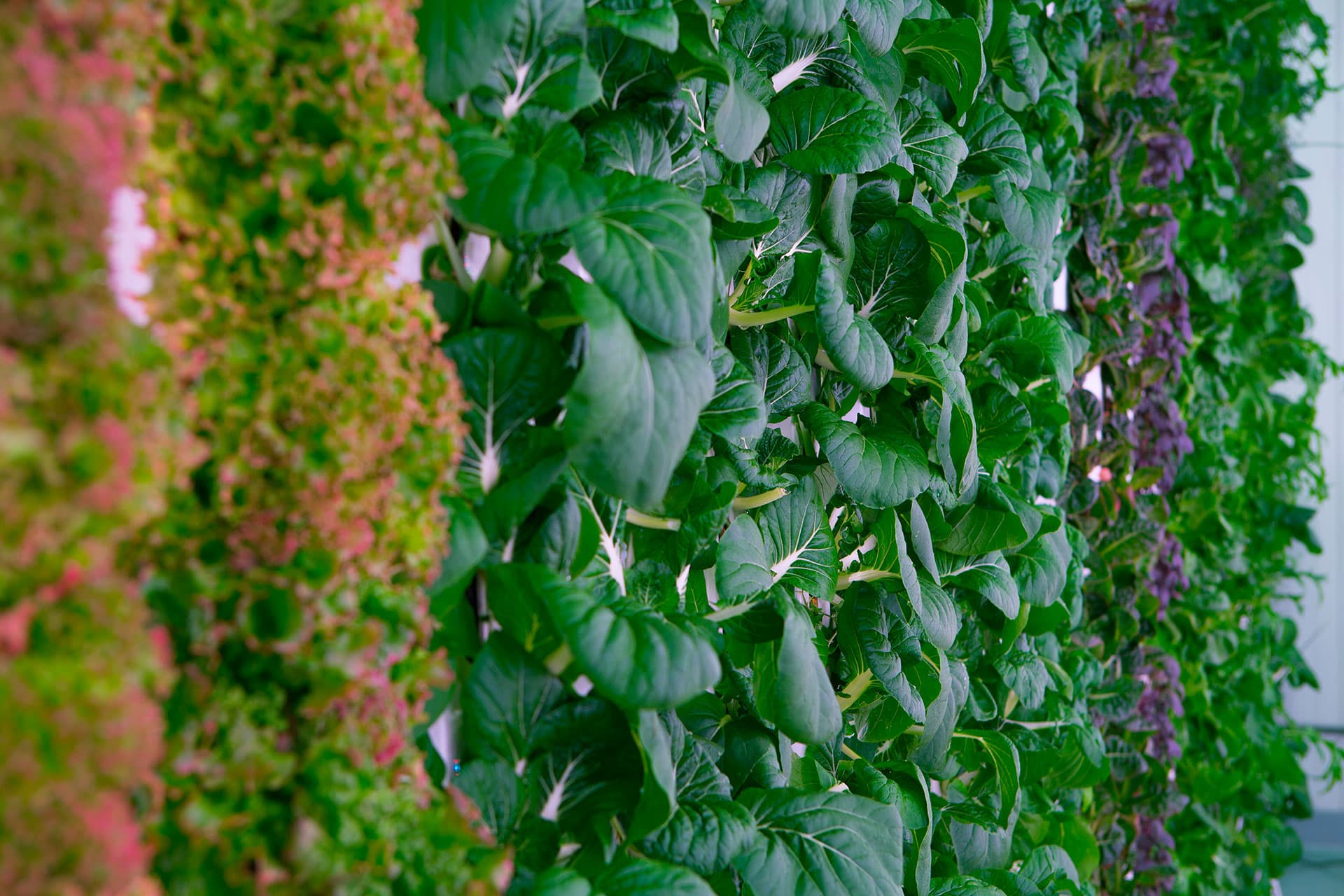Modern-Day Farmer
Plenty, Inc. is changing the way that we farm. Instead of modernizing agriculture by developing ways to keep fresh greens fresh throughout transportation, this San Francisco-based company is doing away with transportation — or at least a huge chunk of it, thanks to vertical farming.
As its name implies, vertical farming is essentially planting in stacks instead of a typical field. This method saves space and eliminates the need to acquire huge parcels of land before to grow crops. It's an idea that's especially attractive now that more people are opting to live in cities, and transporting fresh farm produce can be troublesome. Best of all, this can be done inside warehouses or other indoor spaces located within cities.
Plenty has received $200 million in funding — the largest investment in an agricultural technology ever — from Japanese telecommunications giant SoftBank, enough to put vertical farms in 500 urban centers with over a million people.
More Efficient Farming
Instead of using stacked, horizontal shelves like most vertical farms do, Plenty uses 6-meter (20-foot) tall vertical poles from which plants jut out horizontally. These are lined up next to each other, with about 10 centimeters (4 inches) of space in between. Infrared cameras and sensors placed among the plants monitor conditions regularly, and Plenty's system can adjust the LED lights, humidity, and air composition in their indoor farms.
These plants are fed nutrients and water from the top of the poles, so this setup doesn't even require soil. "Because we work with physics, not against it, we save a lot of money,” co-founder Matt Barnard told Bloomberg. This setup, Plenty claims, can grow 350 times more produce in a given area than conventional farms. Plus, all the accumulated water can be fed back into the system, so the process only really uses about one percent of the water that a regular farm would need. All of this means that a significant amount of fresh produce could be planted and grown in cities. This would mean good quality produce at potentially lower costs. Plenty's San Franciso indoor farm, for example, can produce 2 million pounds of lettuce each year within a space that's no bigger than an acre. “We’re giving people food that tastes better and is better for them,” Barnard said.
Share This Article
